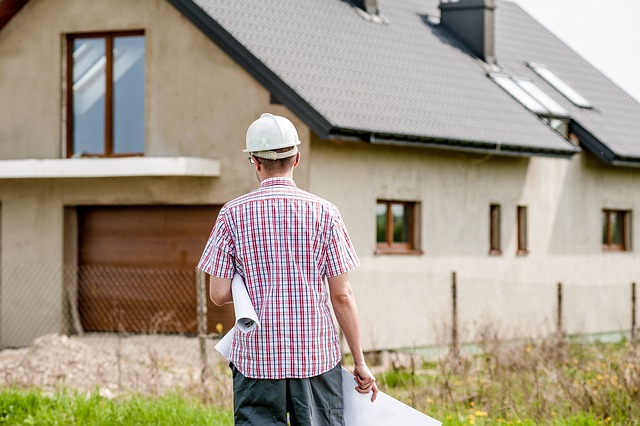When planning a home renovation, start by evaluating your space, prioritizing tasks (e.g., structural repairs over aesthetic changes), setting specific goals, and defining a budget. Distinguish between needs (like system upgrades) and wants (desirable but not critical). Meticulously list improvements, prioritize them based on impact, research costs, and allocate funds for contingencies to ensure successful project management while staying within budget and aligning with your vision of the desired living space.
Planning and managing a home renovation can be an exciting yet daunting task. This comprehensive guide breaks down the process into manageable sections, ensuring a smooth transition from ideation to completion. We explore setting clear goals by distinguishing needs from wants, defining project scope, and budgeting effectively. Effective strategies include researching professionals, navigating permits, and utilizing project management tools. Additionally, we provide tips for regular maintenance, preventative care, and long-term upkeep, covering all aspects of home repair and maintenance.
- Setting Clear Goals and Priorities for Your Home Renovation
- – Identifying needs vs. wants
- – Defining project scope and budget
Setting Clear Goals and Priorities for Your Home Renovation

When planning a home renovation, setting clear goals and priorities is essential for a successful project. Start by evaluating your living space and identifying areas that require repair or maintenance. Prioritize based on both the level of needed work and your personal preferences. For instance, structural repairs or updates to safety-critical systems like electrical wiring might take top priority. Meanwhile, aesthetic improvements such as remodeling kitchens or bathrooms can follow once the more fundamental home repair and maintenance tasks are completed.
Defining specific, achievable goals will guide your renovation process. Consider both short-term objectives, like fixing a leaky faucet, and long-term visions, such as transforming a spare room into a home office. Clearly communicating these goals to contractors or designers ensures everyone is aligned, facilitating effective project management. This approach not only helps stay on budget but also ensures the final result aligns with your aspirations for your living space.
– Identifying needs vs. wants

When planning a home renovation, one of the initial and crucial steps is distinguishing between needs and wants. While both are valid aspects of any renovation project, understanding this distinction ensures your priorities align with your budget and vision. Needs refer to essential elements of your home that require attention due to deterioration, damage, or lack of functionality. These could include structural repairs, system upgrades for heating and cooling, or addressing safety concerns. On the other hand, wants encompass desirable additions or changes that enhance comfort, aesthetics, or lifestyle but are not critical to the home’s integrity.
Identifying needs vs. wants involves careful consideration and research. Homeowners should assess their daily routines, preferences, and long-term goals. For instance, a new kitchen might be a want, driven by a desire for modern appliances and an updated look, while repairing a leaky roof is a need to prevent further damage. Effective planning includes allocating resources accordingly, ensuring that funds are allocated to address home repair and maintenance needs before indulging in luxurious or decorative wants.
– Defining project scope and budget

Defining the scope and budget is a crucial step in any home renovation project, serving as the foundation for your entire endeavor. It involves carefully considering what aspects of your home require improvement and setting realistic financial boundaries. This process ensures that your renovation stays on track and aligns with your expectations. Start by making a comprehensive list of tasks, from minor fixes like replacing fixtures to major transformations such as adding rooms or remodeling kitchens. Prioritize these tasks based on their importance and impact on your living space.
Once the scope is clear, setting a budget becomes more manageable. Researching average costs for specific home repair and maintenance tasks will help you allocate funds accordingly. Consider both fixed expenses, like materials and labor, and variable costs that may arise during the renovation. Remember to factor in contingencies to accommodate unexpected challenges that often pop up during DIY projects or professional renovations.
Effective home renovation planning is key to a successful and stress-free transformation. By setting clear goals, prioritizing your wishes, and defining the project scope, you lay the foundation for a well-managed process. Remember, understanding your needs and budget is crucial for navigating the home repair and maintenance journey ahead. With these steps as your guide, you’re ready to embark on a project that enhances your living space.




